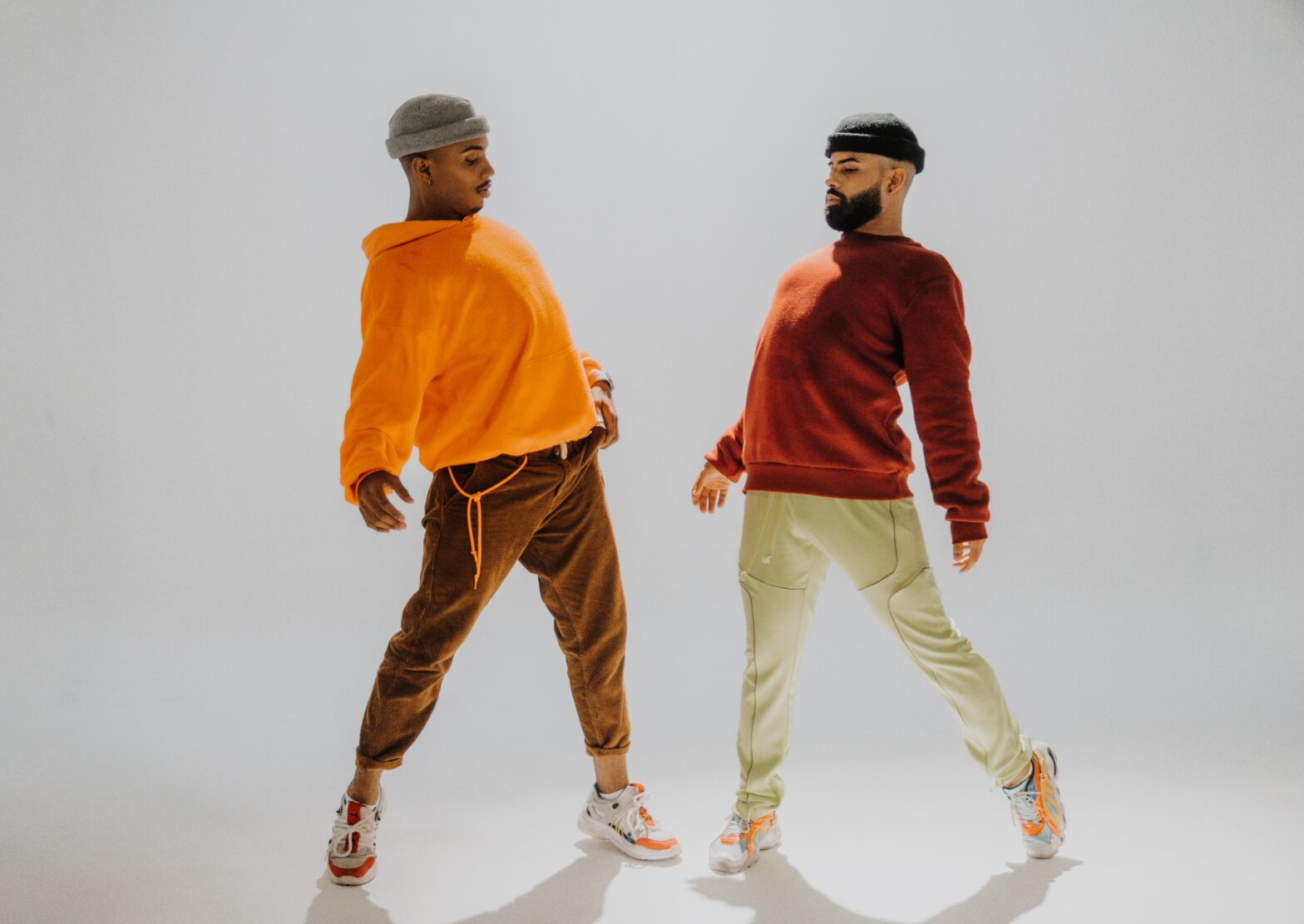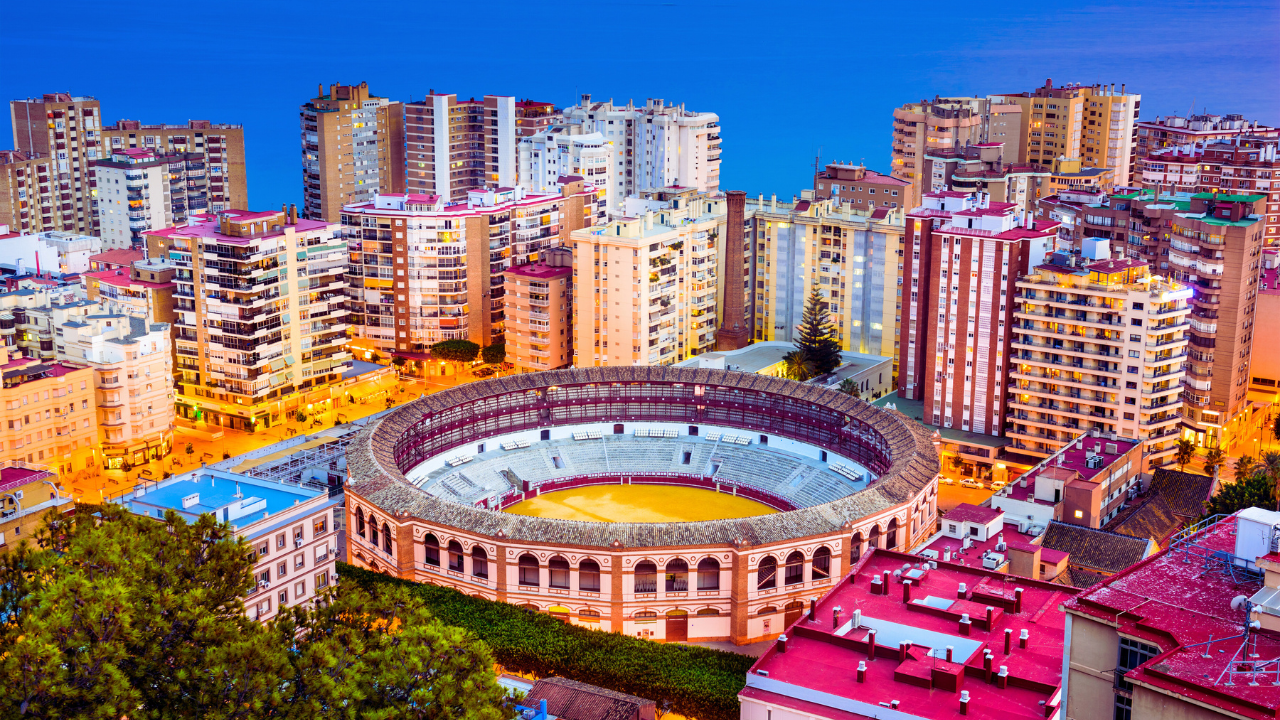On the list of great antidotes for stress, dance has got to be in the top three.
Black people are incredibly creative when inventing new moves or putting their spin on existing ones. In the 1943 film “Stormy Weather,” the Nicholas Brothers dazzled with a Jumpin’ Jive that might be the best dance routine ever recorded. A little before that, a group of Lindy Hop dancers showed acrobatic mastery in “Hellzapoppin’.” Since then, Black dance talent continues to be highlighted not just in movies, but also social media.
Here are some places where Black people popularized different dance forms.
New York — Harlem Shake
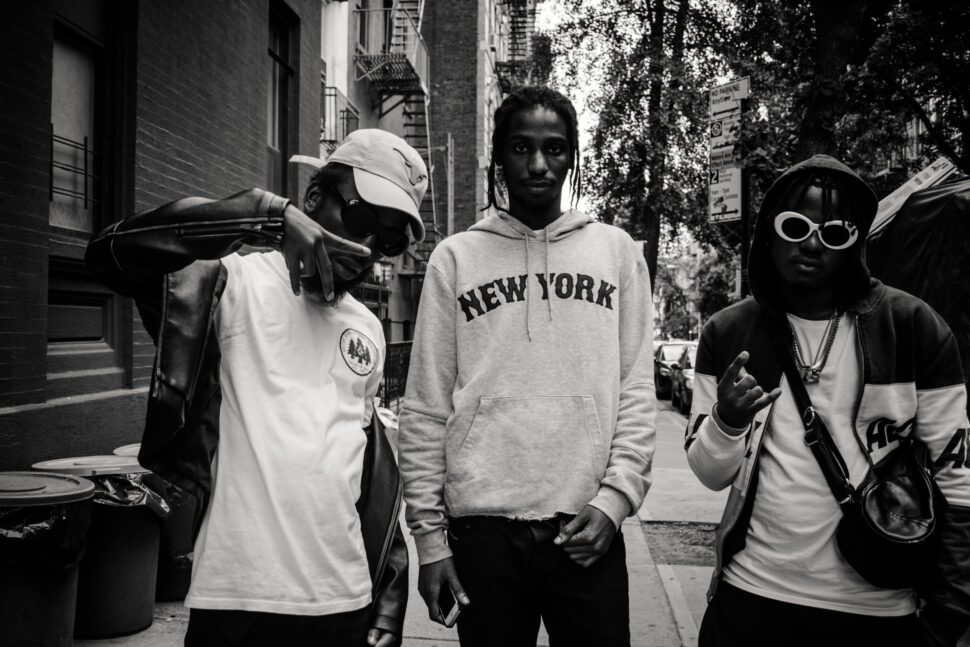
You may recall when the Harlem Shake challenge went viral in 2013, resulting in hundreds of videos. Each one usually started with one person dancing, while everyone else in the group either stood still, or did their own, unrelated thing. Just seconds later, everybody flailed around to the song “Harlem Shake” by Baauer.
However, Black people rolled their eyes at what was obviously a parody and bore no resemblance to the real Harlem Shake. When showed videos of the viral dance craze, one Harlem resident scoffed, “that’s humpin’ — not the Harlem Shake!”
So, what are the origins of the Harlem Shake, exactly? According to Jay Smooth, host of hip-hop blog Ill Doctrine, “most people trace it back to a street dancer named Al B, who entertained the crowd at the Rucker tournament, which is a legendary basketball league in Harlem.”
Vulture reports, “it was originally called the ‘albee’ because of its founder Al B, who called it ‘an alcoholic shake.’ It was pushed into the mainstream by the likes of P. Diddy and G. Dep, who did it in the video for Special Delivery. The dance also appears in the videos for Put Ya’ Hands Up by Jadakiss, and Who’s That Girl? by Eve.”
California — Crip Walk
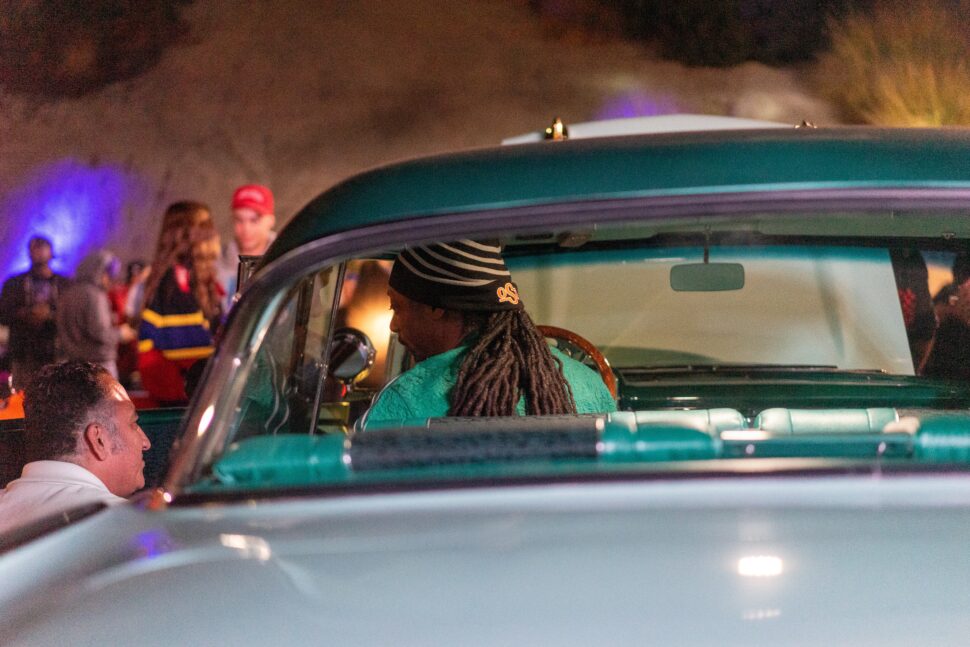
Photo by Clayton Cardinalli
When you hear Crip Walk, or the C- Walk, the first person that comes to mind is probably Snoop Dogg. You might recall Serena Williams doing it at the Summer Olympics in 2012 after she won a match, and who could forget the legendary Super Bowl Halftime show in 2022?
Did you know that the dance’s roots go back to the 1970s?
As reported by Cora Harris on the City Dance Studios website, “the C-Walk was created by one of the very first Crips members, Robert Jackson (A.K.A “Sugar Bear”). He invented it in the 1970s, while he was living in the infamous Compton area of California.”
There are plenty of Crip Walk tutorials online, but exercise caution when doing it in certain areas.
Puerto Rico — Bomba Dance

Bomba is both a style of music and a dance, popular in Puerto Rico. The music is a popular form of folk music on the island, and serves as significant evidence of its rich African heritage.
Bomba has a call and response format. It’s linked specifically to Ghana’s Ashanti people, while the name “Bomba” draws from the African languages of Akan and Bantu.
As a dance, Bomba rose to popularity in San Juan, Ponce, Loíza and Mayagüez. For most, it was a way to navigate unimaginable hardship. Cane workers used this form of dance to release their sadness, anger and resistance to the sound of fiery drums at gatherings. Bomba dancers and musicians are attuned to each other during performances. In fact, the dance itself is often improvisational. It begins with a solo dancer. Drummers and maraca players accompany them to play songs for their movements.
Aside from being linked to rebellion, Bomba is a symbol of feminine power and sensuality. Men used to dominate the Bomba scene with strong jerks and sharp steps, while the women used skirts to make subtle swings and shy movements. A woman named Caridad Brenes de Cepeda, defied this by raising her skirts high and swinging them aggressively.
Brazil — Samba and Capoeira Dance
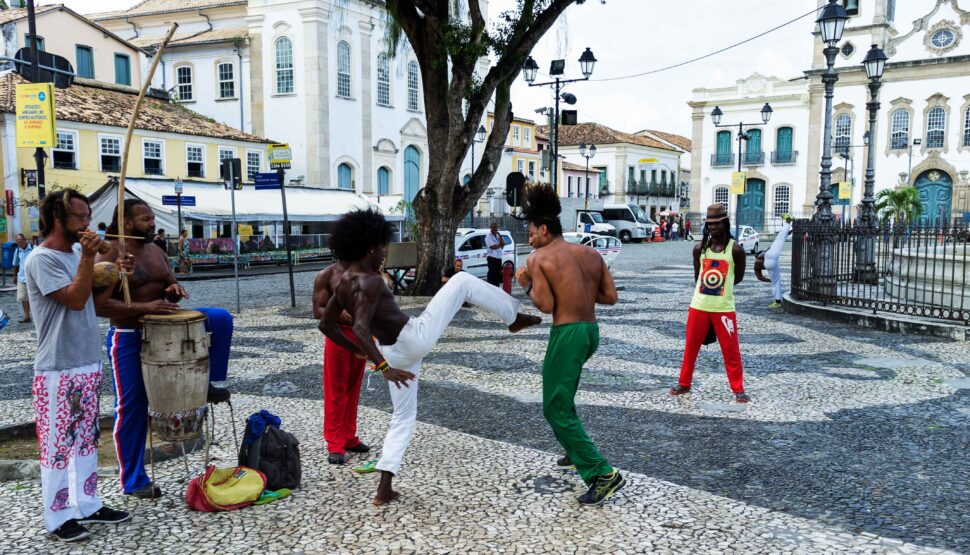
The name Samba is linked to the West-African word “semba,” which is defined as a navel thrust. The European colonizers denounce the move by saying it was vulgar and low-class.
When the Portuguese forced African slaves to Brazil, the slaves kept their dance and music traditions. Samba was first done by African communities in Bahia. When slavery was abolished, it picked up a following in Rio de Janeiro. It can be done solo or with a partner.
Whether you’re versed in the steps or not, it’s hard to keep still when that Samba beat kicks in, and that’s the whole point.
If you’re looking for something that functions as a workout, dance and martial art, look no further than Capoeira. It’s always had a rebellious spirit, and you could fairly call it the precursor to break-dancing. Today, it has a devoted following, not just in Brazil, but around the world.
Capoeira took its cue from N’golo, an Angolan practice. According to an article on BBC, “this involved two young male combatants mimicking the movements of fighting zebras to compete for the hand of a bride.”
Brazilian choreographer, Jelon Vieira, put it best when he said, “Capoeira was conceived in Africa and born in Brazil.”
